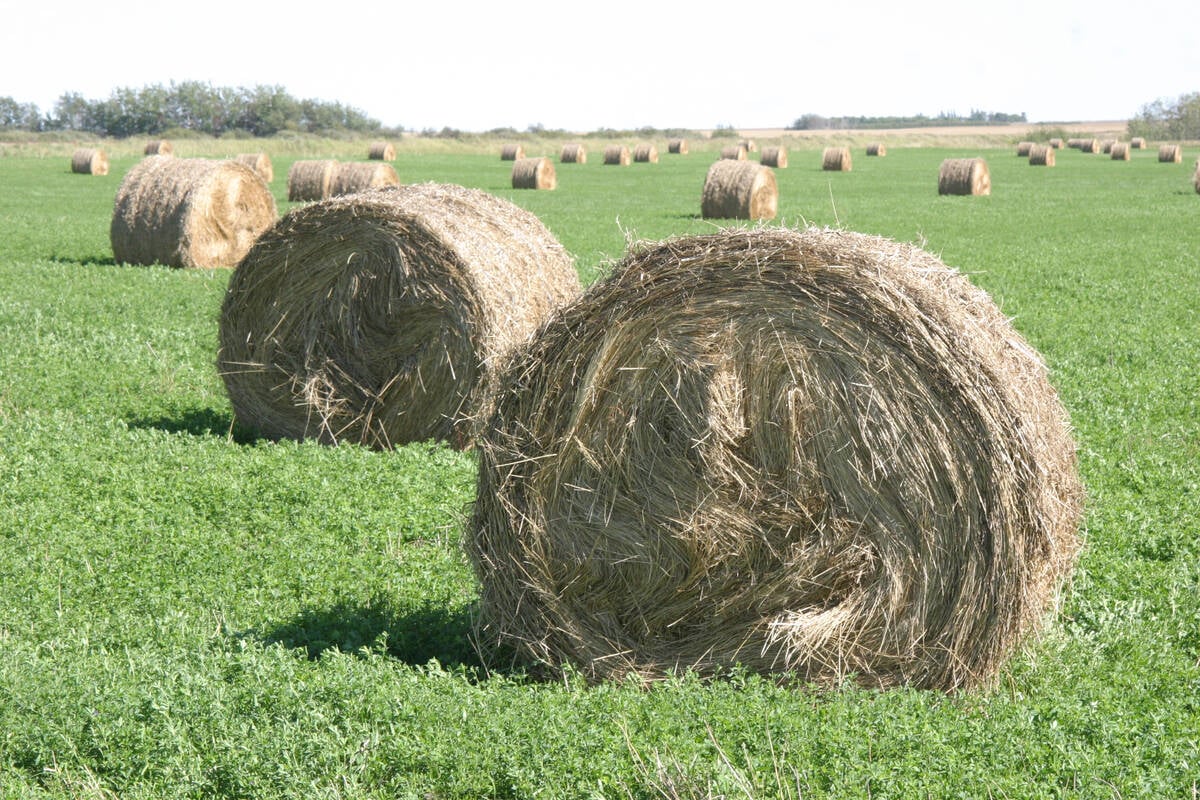Talks to get Canadian beef back into South Korea start Nov. 3.
Canada has been unable to ship beef since 2003 and repeated efforts to negotiate a re-entry have failed. If talks fail this time round, Canada told South Korea it will launch a World Trade Organization challenge to reopen the border.
“It reflects a positive change in strategy for the Canadian government’s perspective and change in instructions,” said Ted Haney, president of the Canada Beef Export Federation.
Before the federal election, the ministers of trade and agriculture sent letters to their South Korean counterparts saying that continued suspension of Canadian beef exports was unacceptable and if they did not act Canada would go to the world trade body. Canada’s WTO ambassador also told other senior ambassadors that Korea’s stance was unacceptable and action would be taken.
Read Also

Breaking down successful winter feeding into six steps
It’s that time of year when it is important to start planning for a cow herd’s winter feeding program. Here are six steps I think are necessary to consider when getting your feed tested.
“This is something elements of the Canadian industry have been asking for four years,” Haney said.
Canada has had controlled BSE risk status since June 2006 and the world animal health organization (OIE) renewed it this year. Recent cases of BSE did not change Canada’s status.
The United States received access to South Korea last year and exported 23,800 tonnes. By 2010, it will be shipping 195,000 tonnes.
Canada is seeking access for offal, bone-in and boneless beef derived from cattle younger than 30 months.
It was a good market for Canada because products with little value here were in demand there. This included long shank feet, which included the foot, fetlock joint and shin bone. Those Korean sales added $6.50 per animal for a product that is discarded in Canada.
“It has a very specific value in South Korea. It is routinely rendered when it is not sold here,” said Haney.
The Koreans also bought items like honeycomb tripe, kneecaps and other bones. They also favoured various short rib products, as well as higher quality meats like tenderloins, ribeyes and striploins.
U.S. packers estimated South Korean sales added $25 to $30 per animal in value when they bought these products. With Canada shut out of the market, those products became an added cost for Canadian packers.
The Korean import beef market is large and in 2007 it imported more than 256,000 tonnes of beef and veal, mostly from Australia.
Canada’s best year for South Korean sales was 2000, when it shipped more than 20,000 tonnes. In 2002, the year before the BSE embargo, it exported 16,440 tonnes.















